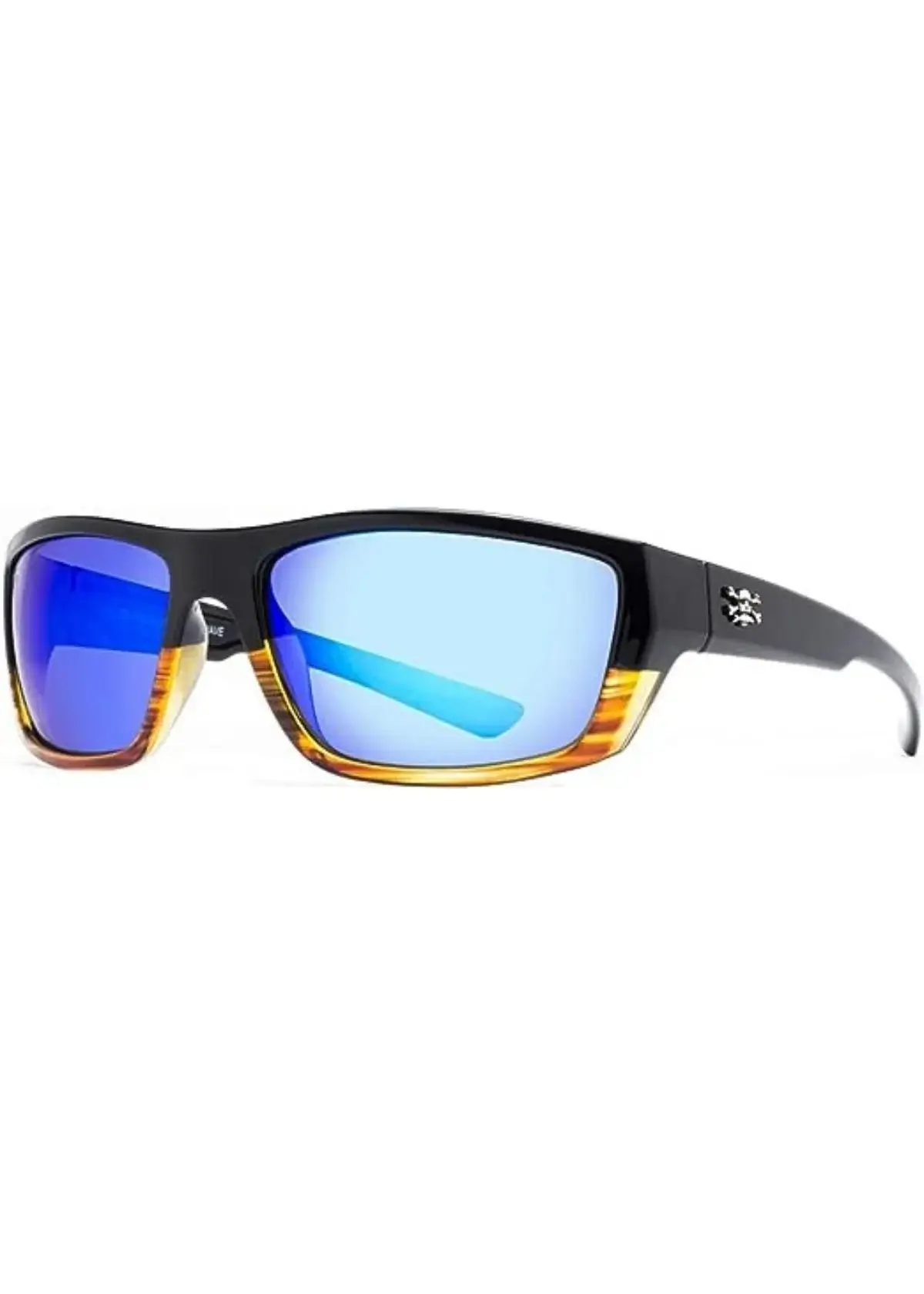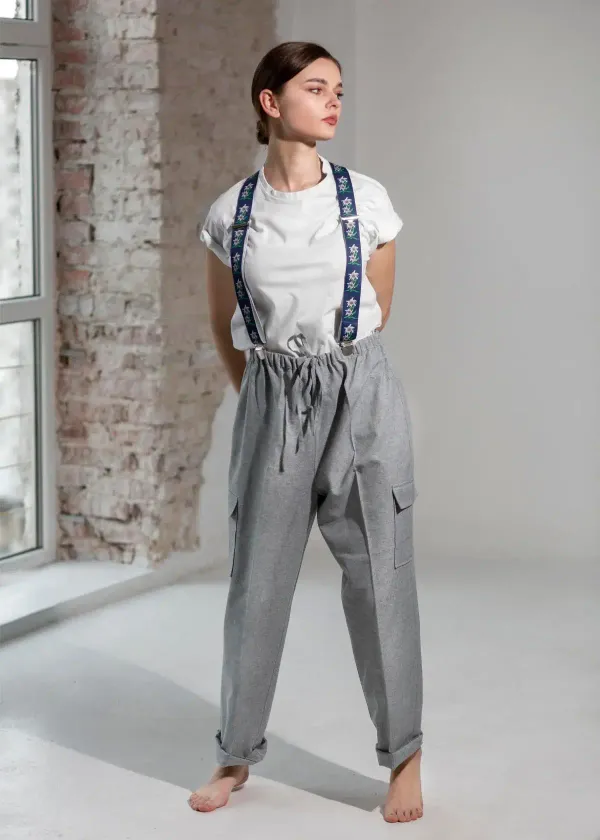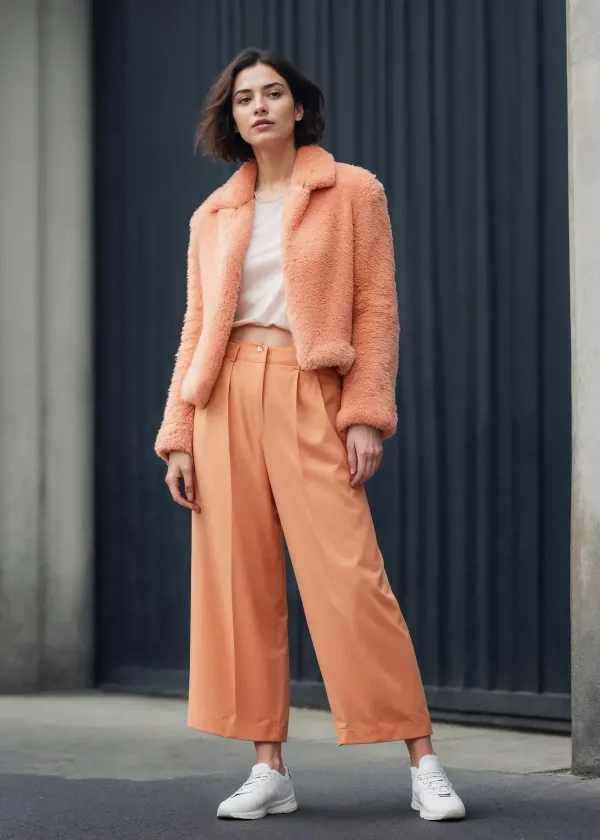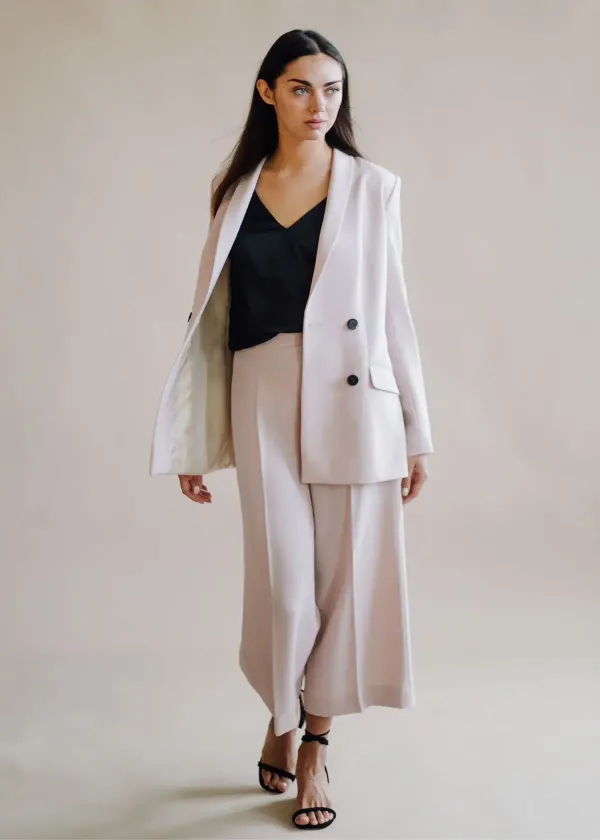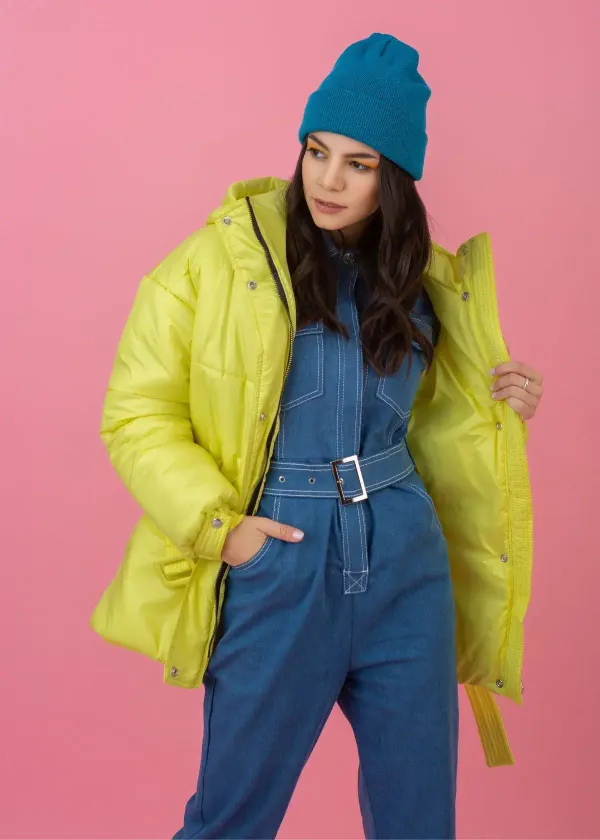Fishing is a popular outdoor activity many people enjoy during their leisure time. It requires patience, skill, and the right equipment. One essential equipment that every angler should have is a good pair of sunglasses. Not just any sunglasses, but fishing sunglasses with the right lens color. Choosing the right lens color for fishing sunglasses is vital to help anglers see underwater and protect their eyes from harmful UV rays. With this in mind, let’s explore the best lens colors that anglers should consider when shopping for fishing sunglasses.
Amber/Brown Lens
These are the most popular lens colors for fishing sunglasses. They provide high contrast and enhance the fish's natural colors and surroundings, making it easier for anglers to see in different lighting conditions. This color lens is perfect for early morning or late afternoon fishing with low light.
Grey Lens
Grey lenses are ideal for bright, sunny conditions. They reduce glare and are perfect for fishing in open water. They also provide good color recognition, making it easy for anglers to spot fish and their movement. Grey lenses are a versatile choice that can also be used for other outdoor activities.
Copper Lens
Copper lenses are similar to amber lenses and also provide good contrast. They are excellent for shallow waters and streams, where the lighting conditions change frequently. They also help reduce eye strain and offer 100% UV protection.
Yellow Lens
Yellow lenses are designed to enhance visibility in low light and overcast conditions. They are popular with anglers who fish in rivers and lakes shaded by trees. They provide excellent depth perception and are perfect for anglers targeting fish that feed near the surface.
Green Mirror Lens
These lenses are ideal for deep-sea fishing and offshore angling. They are perfect for bright, sunny days and help reduce glare and eye strain. They also have a stylish appearance that makes them a popular choice for fashion-conscious anglers.
Choosing the right lens color for fishing sunglasses is crucial for any angler. It helps increase visibility, enhances color contrast, reduces glare, and protects the eyes from harmful UV rays. We hope our guide has helped you understand the importance of selecting the right lens color for your fishing sunglasses. Whether you prefer amber/brown, grey, copper, yellow, or green mirror lenses, the most important thing is to choose a color that suits your fishing environment and lighting conditions. Invest in a quality pair of fishing sunglasses to have a more enjoyable and successful fishing experience.
With summer in full swing, now is the perfect time to gear up for your next fishing trip. And what better way to enhance your angling experience than with a quality pair of fishing sunglasses? Whether you're casting from the shore or out on a boat, protecting your eyes from the sun's harsh rays is crucial. But with so many options out there, it can be overwhelming to choose the right pair. Luckily, we've researched for you and found the best fishing sunglasses on the market. So, don't waste more time squinting under the sun - click the link and find your next favorite pair today!
What is the significance of wrap-around frames in fishing sunglasses?
Wrap-around frames play a pivotal role in fishing sunglasses beyond mere aesthetic appeal to provide comprehensive eye protection and enhanced visual performance. With their unique design that extends along the sides of your face, wrap-around frames act as a shield against various environmental elements that could otherwise impede your fishing experience. By effectively reducing peripheral light and glare, these frames minimize eye strain and fatigue, allowing you to focus on spotting fish and underwater structures. Moreover, the wrap-around design significantly diminishes the intrusion of light from lateral angles, creating a more precise and less obstructed field of vision.
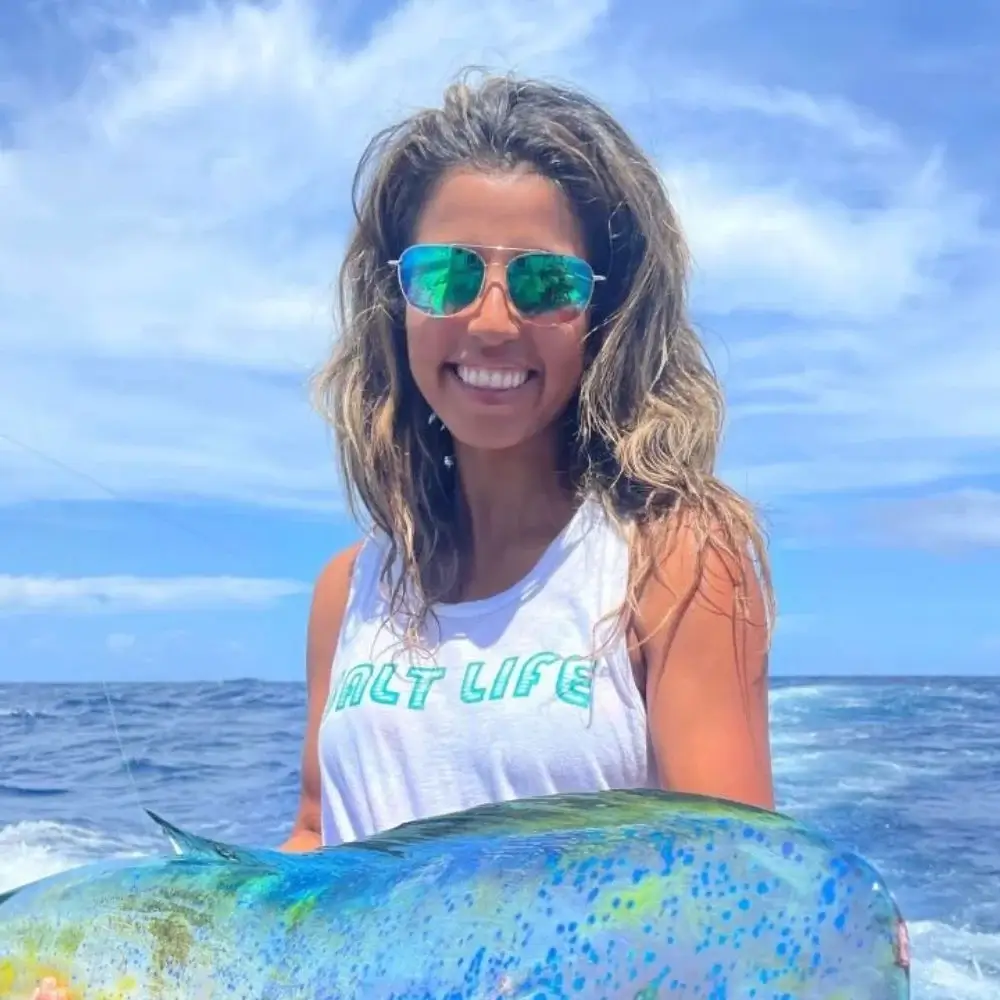
What role does lens curvature play in enhancing peripheral vision while fishing?
Lens curvature in fishing sunglasses is a fundamental mechanism for augmenting your peripheral vision and overall situational awareness while engaging in angling activities. The curvature of the lenses is designed to follow the contours of your eyes, extending the visual coverage beyond what traditional flat lenses can offer. This expanded scope ensures fewer blind spots, making detecting movement, spotting fish, and navigating potential obstacles in your surrounding environment easier. By encompassing a more significant portion of your field of view, the lens curvature effectively enhances your ability to maintain a comprehensive outlook, which is crucial for successful fishing endeavors.
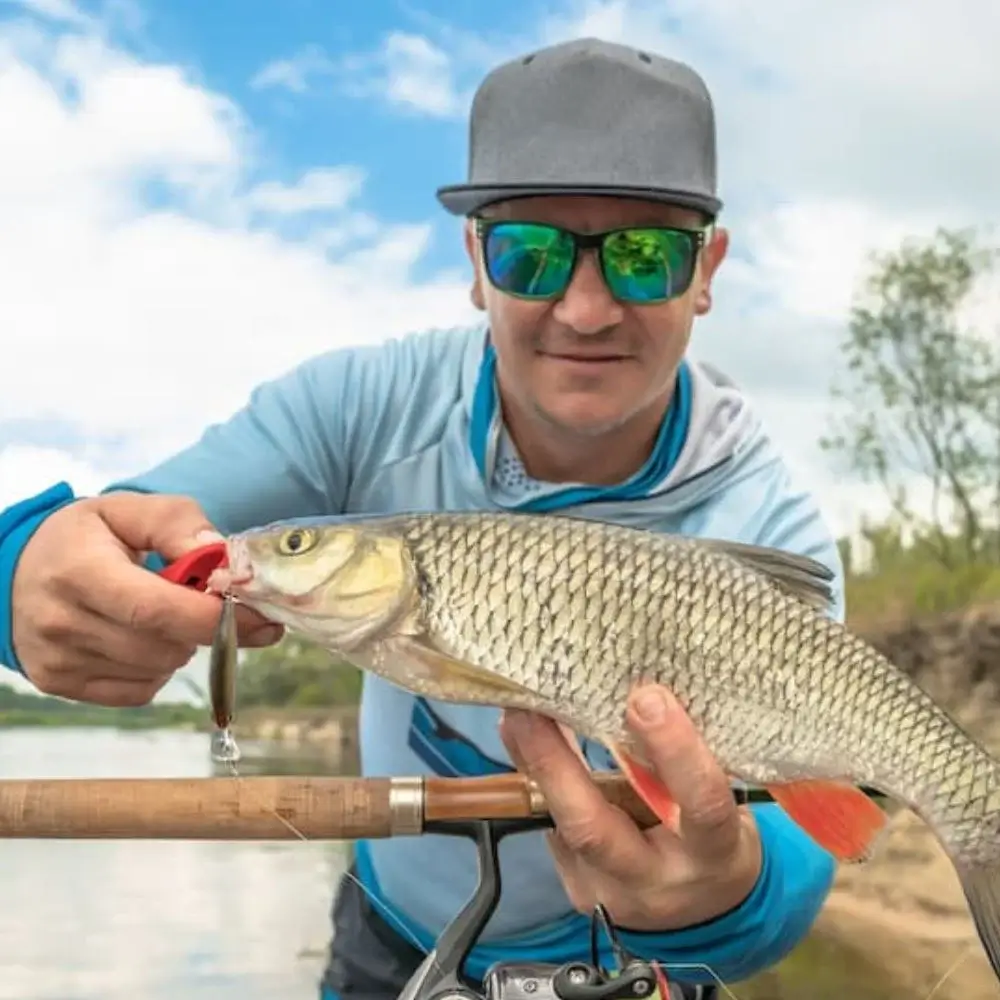
What are the potential drawbacks of low-quality fishing sunglasses?
Opting for low-quality fishing sunglasses can result in undesirable consequences that compromise your eye health and the effectiveness of your fishing pursuits. These sunglasses may lack the essential UV protection factor, leaving your eyes vulnerable to the harmful effects of prolonged sun exposure, including the risk of cataracts and other eye-related conditions. Inferior optical quality could lead to visual distortions, discomfort, and reduced clarity, significantly impairing your capacity to spot fish movements and underwater structures accurately. Furthermore, their durability and scratch resistance might be subpar, making them susceptible to damage that could further obstruct your vision.

How do interchangeable lenses improve versatility for different fishing situations?
The innovation of interchangeable lenses in fishing sunglasses offers a remarkable advantage by allowing you to tailor your eyewear to various fishing scenarios and changing light conditions. These lenses, with their distinct properties such as polarization, mirroring, and tinting, empower you to adapt your sunglasses to match the specific requirements of each fishing expedition. Whether you're faced with intense sunlight, overcast skies, or varying water conditions, the ability to switch lenses ensures that your vision remains uncompromised and optimized, enabling you to effectively track fish movements, distinguish underwater structures, and stay attuned to your environment, thereby significantly contributing to your angling success.

How should I clean and store my fishing sunglasses to prevent damage?
Proper care and maintenance are pivotal in preserving your fishing sunglasses' longevity and optimal performance. Cleaning should be approached delicately, using a microfiber cloth and a lens cleaner formulated explicitly for eyewear. Harsh chemicals and abrasive materials should be avoided, as they could undermine the integrity of the lens coatings. Equally important is the appropriate storage of your sunglasses. When not in use, placing them in a designated protective case safeguards them from potential impacts, scratches, and dust accumulation.
Should I prioritize lightweight frame materials for extended fishing trips?
Prioritizing sunglasses crafted from lightweight frame materials is a reasonable choice, especially during protracted fishing expeditions where comfort and performance are paramount. Cumbersome frames can lead to discomfort, fatigue, and distraction, detracting from your desired immersive fishing experience. Opting for materials like nylon or TR-90 mitigates these concerns and ensures that the sunglasses retain the necessary durability to withstand the demands of outdoor activities. By embracing sunglasses with lightweight frames, you are safeguarding your eye health and ensuring that your angling endeavors are characterized by unhindered focus, comfort, and a heightened connection with the aquatic environment.


